Picture this: your neighbor’s Golden Retriever sits on command every single time, while your own adorable Beagle pretends not to hear you calling his name across the dog park. Sound familiar? The truth is, some dogs seem hardwired to follow every rule in the book, while others march confidently to the beat of their own drum.
Within breeds, the most heritable traits include characteristics selected for in breeding such as trainability, stranger directed aggression, chasing, and attachment/attention seeking, which means your pup’s personality isn’t just shaped by training – it’s written in their genes. Understanding which camp your furry friend falls into can transform your relationship and set realistic expectations for training success. So let’s dive into the fascinating world of rule-following retrievers and heart-following hounds.
The Golden Retriever: America’s Perfect Student
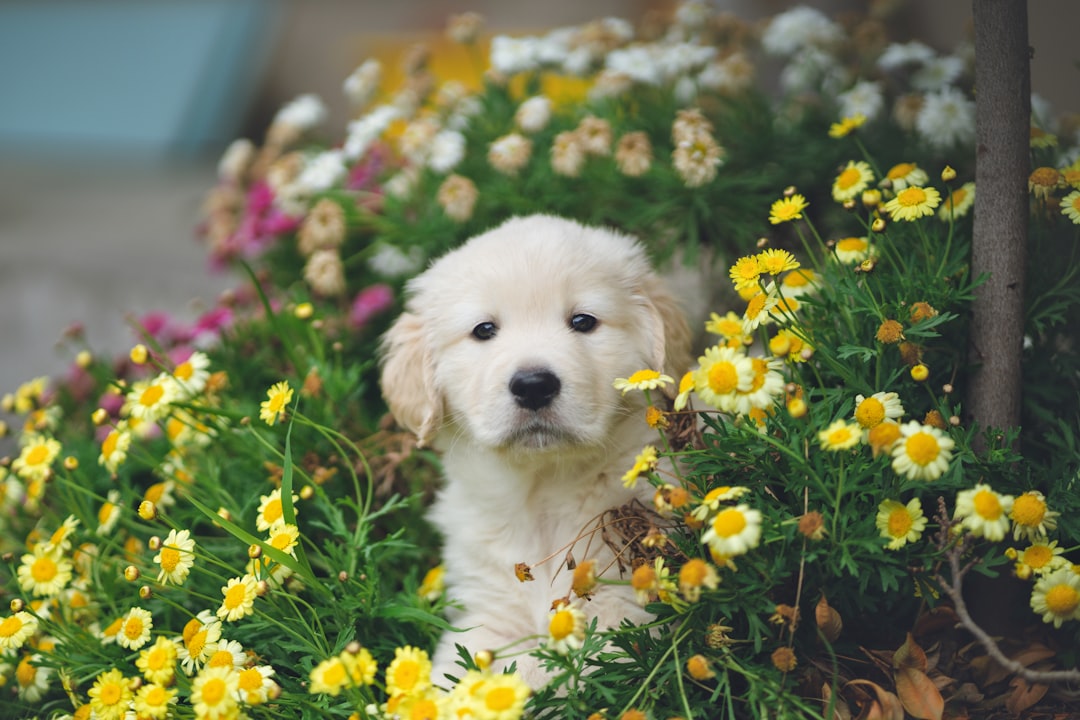
Labrador Retrievers are considered one of the most affectionate breeds of dogs, in addition to being highly obedient by nature, but their Golden cousins run a close second in the obedience department. Golden Retrievers have earned their reputation as the ultimate family dog through decades of consistent, eager-to-please behavior that makes training feel effortless.
What sets Goldens apart is their genuine desire to make their humans happy. They read your facial expressions, anticipate your needs, and seem to understand that following the rules leads to everyone feeling good. Golden Retriever puppies typically display friendly and gentle dispositions, making them ideal for first-time dog owners.
These golden gems excel in everything from basic obedience to complex service work. Their calm temperament and natural intelligence mean they actually enjoy training sessions, viewing them as quality time with their favorite person rather than tedious work.
Watch a Golden Retriever in action, and you’ll notice they pause before acting, almost as if they’re checking in with their human first. This natural deference to authority makes them fantastic therapy dogs, guide dogs, and beloved family companions who rarely require harsh corrections.
The German Shepherd: Military Precision Meets Loyal Heart
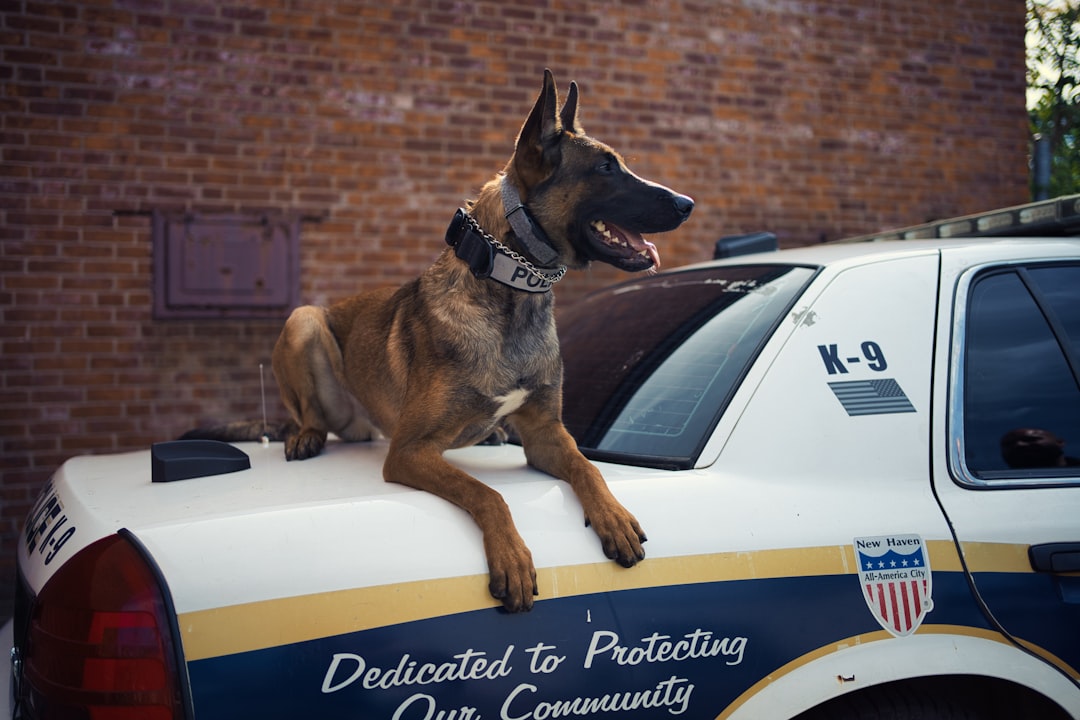
German shepherds were bred for their responsiveness and obedience. We often see German shepherds trained to be police dogs, guide dogs, service dogs, and search and rescue dogs. This isn’t coincidence – it’s the result of generations of selective breeding for intelligence, loyalty, and an almost militaristic approach to following commands.
German Shepherds possess what trainers call “working drive,” meaning they find genuine satisfaction in completing tasks and following instructions. They thrive on structure and clear expectations, often becoming anxious when rules aren’t clearly defined or consistently enforced.
Training is essential to prevent them from becoming aggressive or overly protective, but when properly socialized, these dogs demonstrate remarkable self-control and judgment. They can distinguish between appropriate protection and unnecessary aggression, making them excellent guardians.
Their intense focus and eagerness to work make German Shepherds ideal for owners who appreciate a dog that takes training seriously. They don’t just learn commands – they study them, perfect them, and take pride in executing them flawlessly.
The Border Collie: The Overachiever’s Overachiever
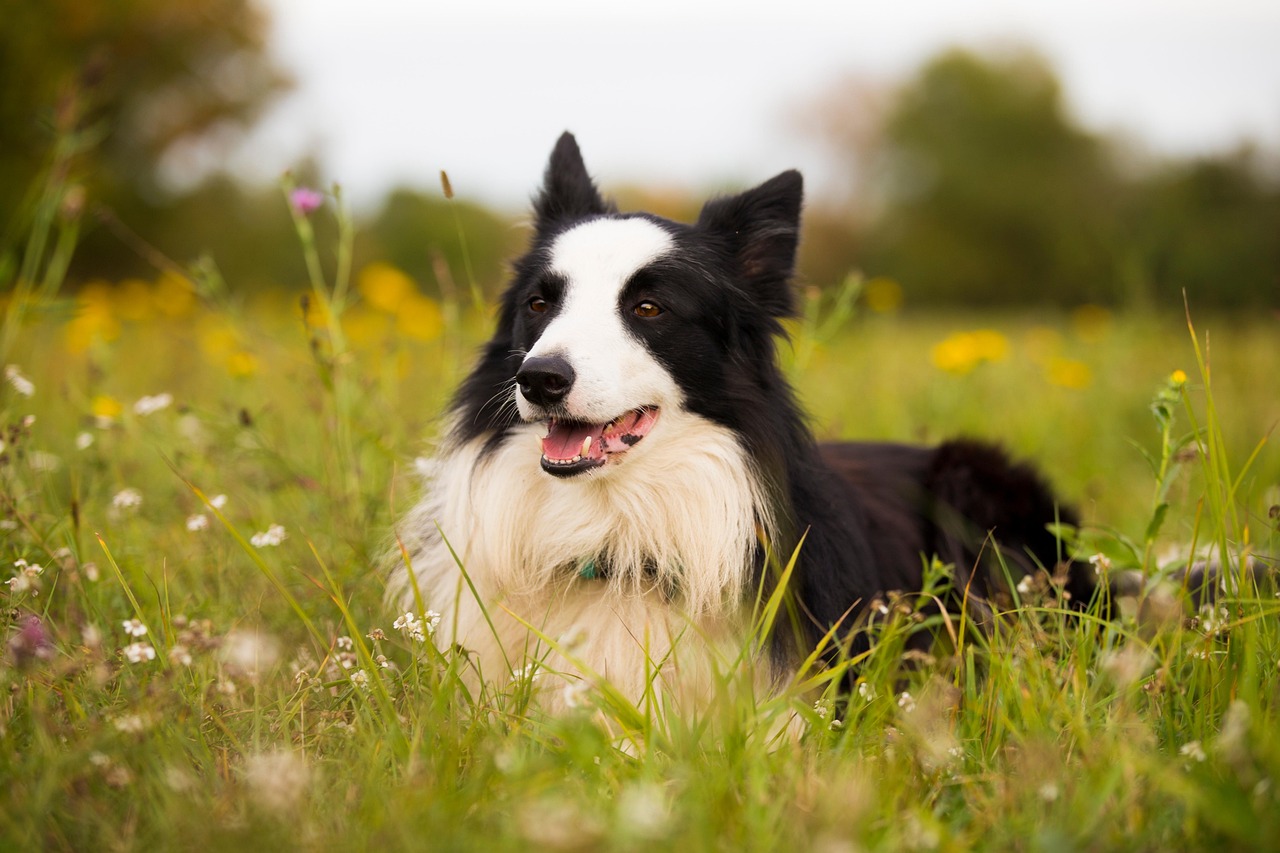
They have the flattering title of the most intelligent dog breed in the world, so being obedient is a part of their nature. Border Collies don’t just follow rules – they memorize them, analyze them, and often figure out ways to follow the spirit of the law even when the letter might be unclear.
Their history as herding dogs means they are hard-wired to listen closely to instructions and respond quickly, creating dogs that seem almost psychically connected to their handlers. They anticipate commands, read body language like professionals, and often know what you want before you’ve fully formed the thought.
These intellectual athletes need mental stimulation as much as physical exercise. A bored Border Collie might still follow the rules, but they’ll also find creative ways to entertain themselves – sometimes to their owner’s surprise and occasional dismay.
What makes Border Collies exceptional rule-followers is their intense desire to work collaboratively with humans. They are fantastic competitors in different dog sports, such as agility, obedience, or herding, because they view training as a partnership rather than submission.
The Standard Poodle: Elegance Meets Intelligence
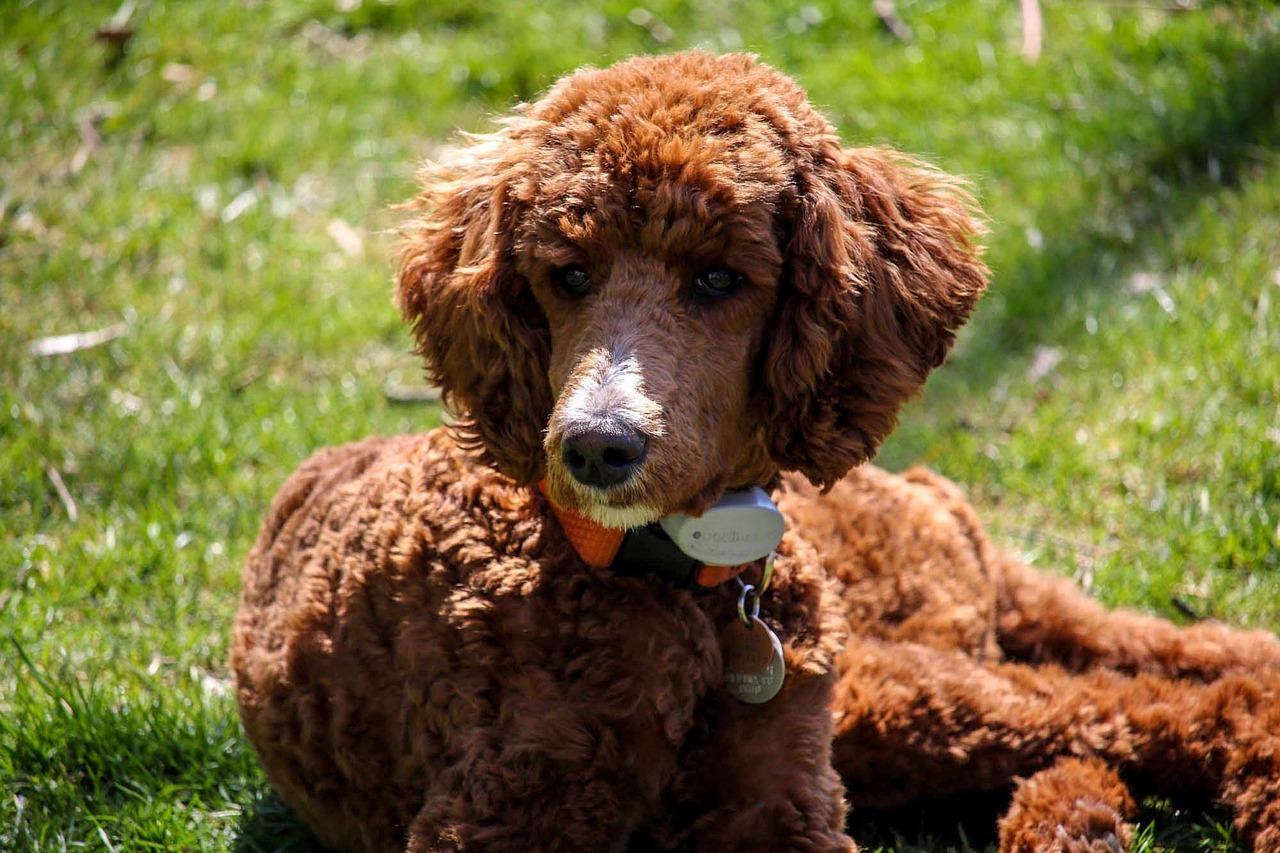
Despite their reputation for being independent, poodles are brilliant dogs and one of the most obedient and easily-trained breeds. Standard Poodles combine remarkable intelligence with a genuine eagerness to please, creating dogs that excel at reading situations and responding appropriately.
Their devotion to their owners is so strong that they want nothing but to please them at all times. This is why they are always keen on following commands and mastering new tricks. Their athletic background as water retrievers means they’re physically capable of complex tasks while mentally equipped to understand nuanced instructions.
Poodles approach training with an almost scholarly attitude. They learn quickly, retain information well, and seem to take pride in demonstrating their mastery of new skills. Their hypoallergenic coats are just a bonus – their real appeal lies in their trainability.
These curly-coated companions thrive on positive reinforcement and clear communication. They respond beautifully to consistent training methods and often surprise their owners by generalizing learned behaviors to new situations without additional instruction.
The Labrador Retriever: The Enthusiastic Student
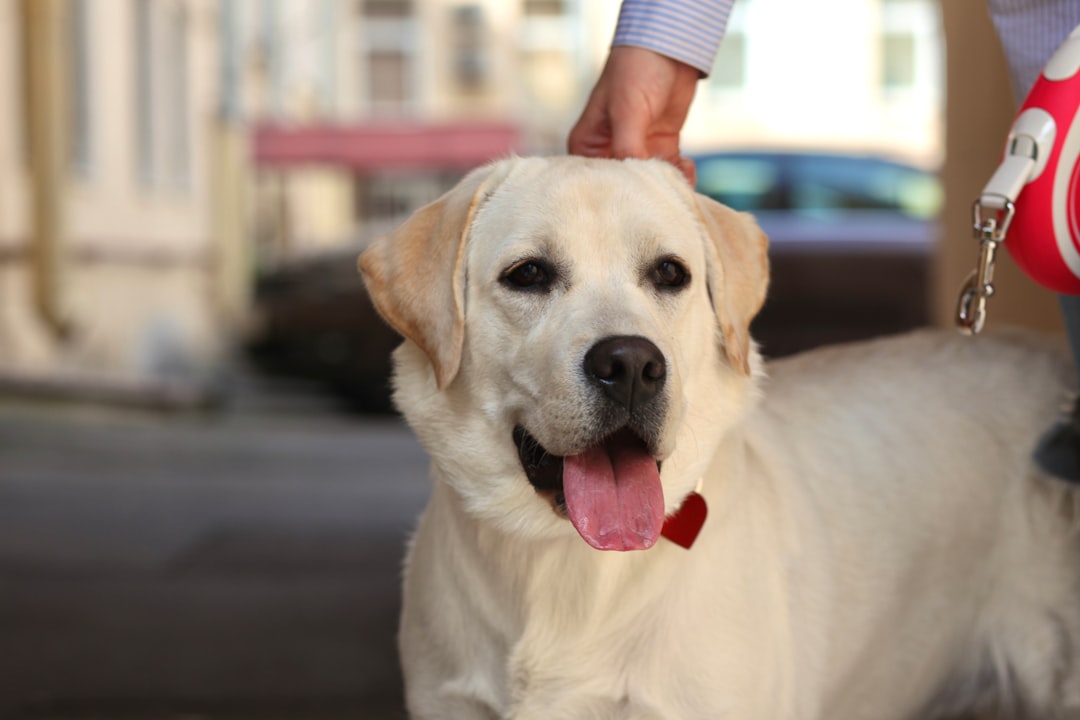
The Labrador Retriever is friendly, energetic, and eager to please. They are often considered an ideal first pet as you begin learning how to train dogs. Labs bring infectious enthusiasm to everything they do, including following rules and learning new behaviors.
Following commands is hard-wired into their DNA, and these intelligent, devoted dogs pick things up easily and are more than willing to please their owners. Their retriever background means they naturally want to bring things back to you – including their attention and focus during training sessions.
What makes Labs special is their optimistic outlook on life. They approach training with tail-wagging excitement, viewing each session as play time with their favorite human. This positive attitude makes them incredibly forgiving of training mistakes and patient with novice handlers.
Labs excel at reading human emotions and adjusting their behavior accordingly. They’re sensitive enough to know when you’re having a difficult day but resilient enough to bounce back quickly from corrections during training.
The Shetland Sheepdog: Small Package, Big Obedience

Shetland sheepdogs are loyal, attentive, and brave. Often described as “shadow dogs”, Shetland sheepdogs form unshakeable bonds with their humans. Combined with their eagerness to please, this loyalty makes them eager to be obedient and easy to train.
Shelties possess an almost supernatural ability to anticipate their owner’s needs. They watch your every move, learn your routines, and position themselves to be helpful before you even realize you need assistance. This attentiveness makes training feel effortless.
Shetland sheepdogs don’t tend to display destructive behavior when bored, so you can get away with basic obedience training. But they love a challenge and thrive on the encouragement they get while learning something new.
These miniature collies combine intelligence with genuine desire to please, creating dogs that take pride in perfect execution of commands. They’re particularly good at complex tricks and sequences, remembering long chains of behaviors with impressive accuracy.
The Doberman Pinscher: Loyalty in Action
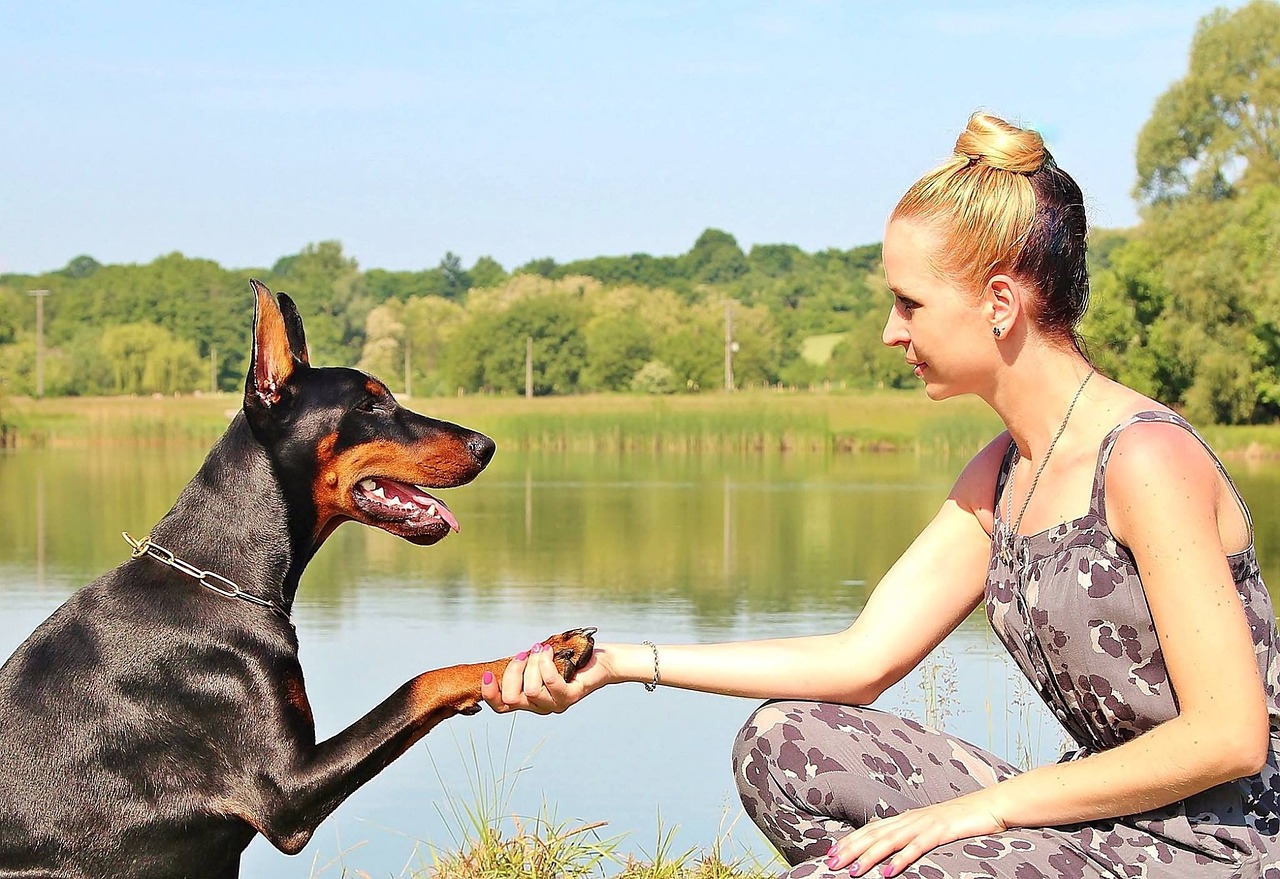
Doberman Pinschers are known for loyalty to their families. This makes them one of the best guard dogs out of the top 39 most obedient breeds. Dobermans approach obedience with the same intensity they bring to protection work – complete dedication and unwavering focus.
These strong-willed dogs need a firm hand when you start training them, but they’ll quickly learn the ropes and become reliable, dedicated pets. Their intelligence means they understand not just what you’re asking, but why you’re asking it.
You might be surprised Dobermans are among the 5 most intelligent dog breeds in the world, and they can remember a new command in as little as 5 repetitions. This rapid learning ability, combined with their natural desire to work, makes them incredibly responsive to consistent training.
Dobermans don’t just follow commands – they execute them with precision and pride. Their athletic build and mental sharpness mean they excel in both basic obedience and advanced working roles, always maintaining their dignified composure.
The Vizsla: The Eager Partner
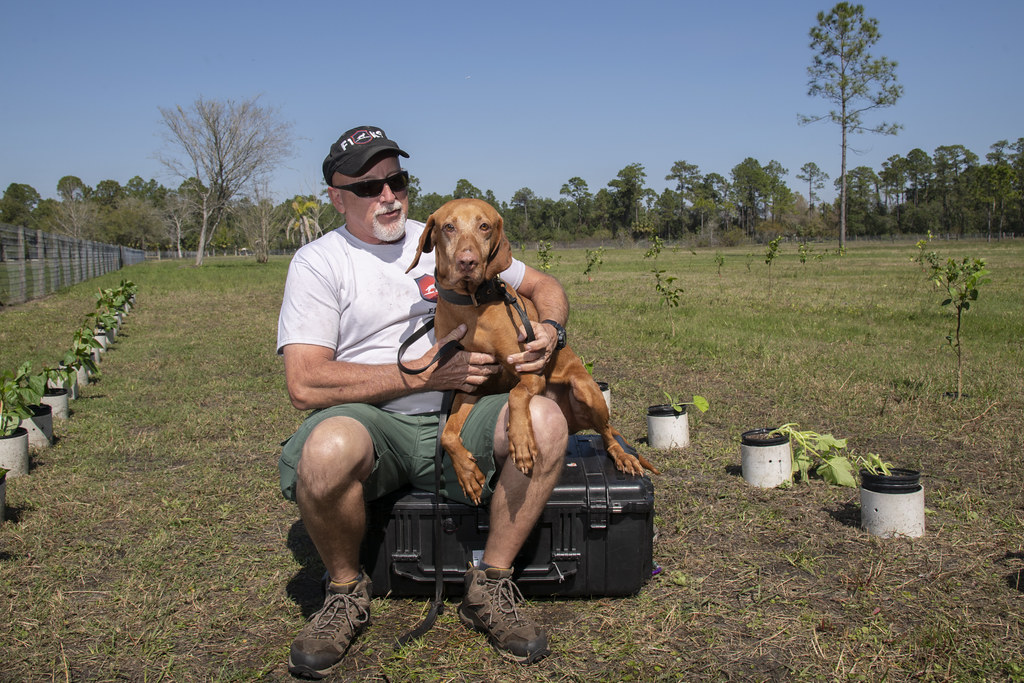
Vizslas are an enthusiastic and intelligent breed. They are incredibly loyal once they’ve formed attachments to their owners, and will do anything to impress and please them. These Hungarian hunting dogs bring boundless energy and genuine enthusiasm to training sessions.
We have lots of experience with family-oriented, overachieving Vizslas who love a challenge and doing a good job. Their athletic background means they need both physical and mental challenges, but their people-pleasing nature makes them highly responsive to positive training methods.
Vizslas form incredibly strong bonds with their families, often choosing one person as their special focus. This attachment translates into dogs that desperately want to do right by their humans, making them eager students and reliable companions.
These boisterous canines need regular exercise, and training is an easy way to use up their seemingly endless energy. Smart Vizsla owners use this to their advantage, turning training sessions into high-energy activities that satisfy both mind and body.
The Siberian Husky: Beauty with a Rebellious Streak
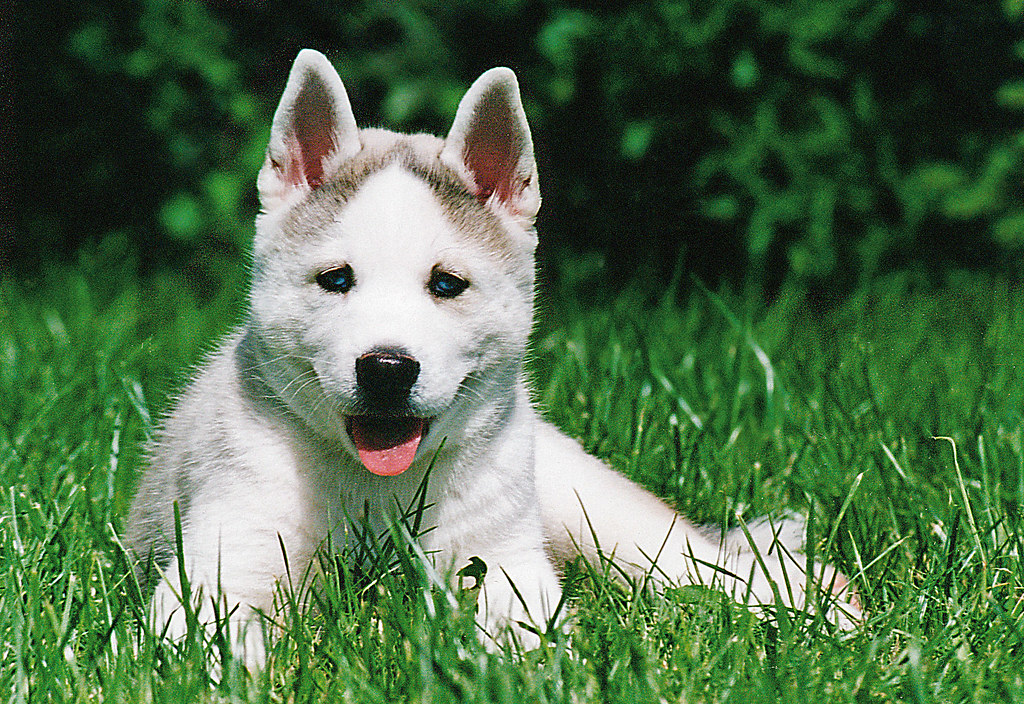
Bred to work across frozen wastelands, they didn’t exactly need a human shouting “sit.” These strong-willed dogs have instincts that tell them to survive first, listen second. Ask a Husky to “stay,” and you might just get a bored yawn. Their independent streak is legendary among working dogs.
Siberian huskies are not just known for their stunning looks and energy but also for their independence and stubbornness. The first huskies were bred to make independent decisions in the frigid Siberian wilderness, creating dogs that trust their own judgment over human commands.
Huskies don’t disobey out of malice – they simply evaluate each request and decide whether it makes sense given their current priorities. If they’re tracking an interesting scent or spotting potential escape routes, your recall command might get politely ignored.
They often ignore commands, especially if off-leash. A tired Husky is a well-behaved one. These dogs follow their hearts toward adventure, freedom, and whatever strikes their fancy in the moment, making them challenging but never boring companions.
The Beagle: Nose Knows Best

If there’s one thing you need to know about Beagles, it’s this: They are ruled by their noses. The breed’s powerful sense of smell can lead them to escape from the yard or break into the dog food bag. Another thing you should know: They have selective hearing. Beagles are skilled at ignoring commands and wandering off.
Beagles embody the phrase “follow your heart” – except their heart happens to be their nose. When a fascinating scent trail appears, your Beagle’s brain essentially logs off from human interaction and switches to full detective mode. Commands become background noise compared to the thrilling mystery unfolding at ground level.
The Beagle is friendly, loving, and notoriously difficult to train. The Beagle’s independent streak and incredible nose mean it will often ignore its owner’s calls when on a scent trail. They’re not being defiant – they’re following their genetic programming to investigate every interesting smell.
These merry hounds approach life with infectious optimism and curiosity. While they might not be the most obedient dogs, their joyful approach to following their instincts makes them endearing companions who remind us to stop and smell the roses (or whatever else they’ve found).
The Shiba Inu: The Feline Philosopher
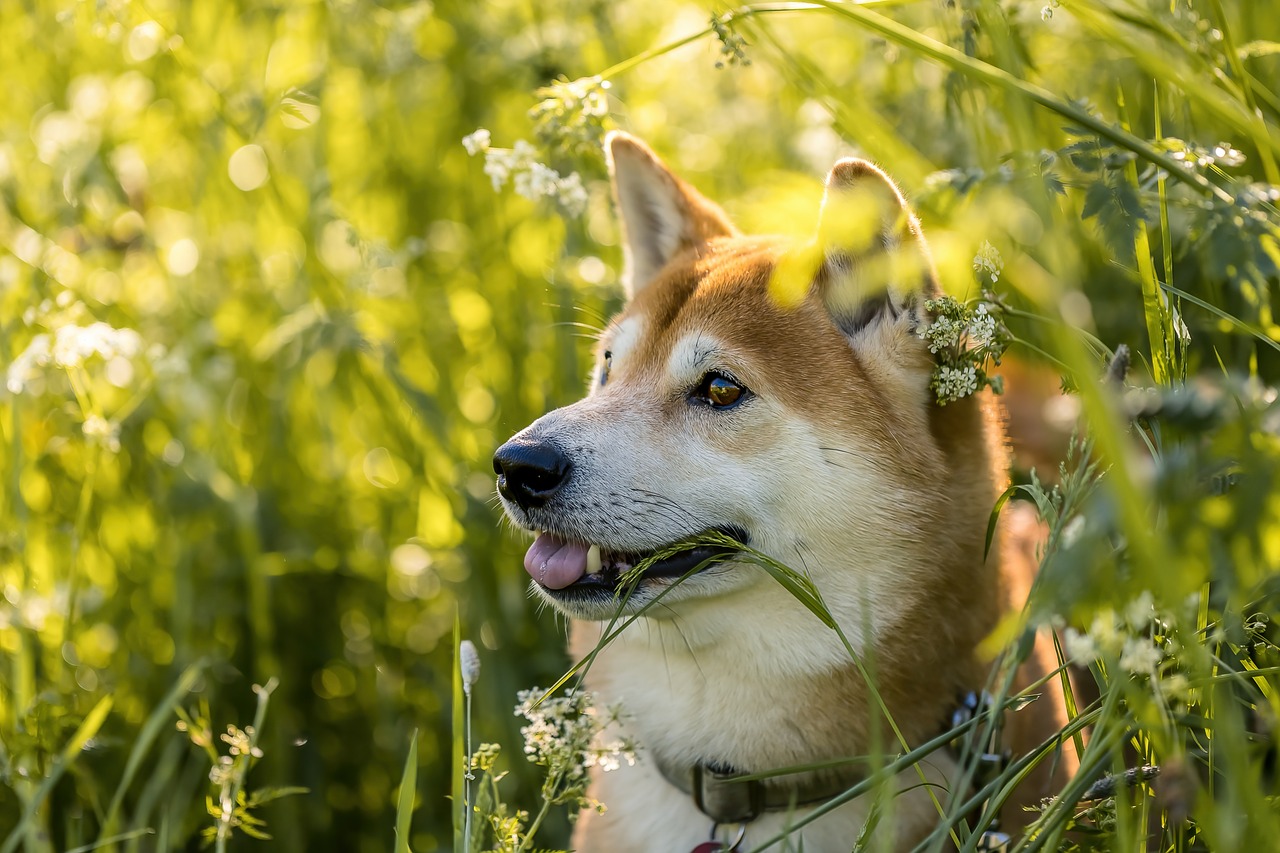
Many people believe that Shiba Inus are very feline-like. This perception is built around three of their strongest characteristics – independence, aloofness and determination. Shiba Inus don’t follow rules so much as they evaluate them for reasonableness before deciding whether to comply.
Known to be inherently loyal and independent, they are not needy dogs. “They [Shiba Inu] have a reputation for not being overly affectionate, but that is balanced by being happy in their own company,” said Coates. They can be stubborn, so training them may be more challenging than others.
Shiba Inus are known for their bold and fiery personalities, often accompanied by a stubborn streak that can make training a test of wills. They’re fiercely independent and intelligent, qualities that require consistent, patient training techniques.
Shibas follow their hearts toward dignity, independence, and maintaining their own sense of personal autonomy. They might comply with your requests, but only after they’ve determined that doing so aligns with their own goals and values – making them fascinating, if sometimes frustrating, companions.
The Basenji: The Barkless Free Spirit
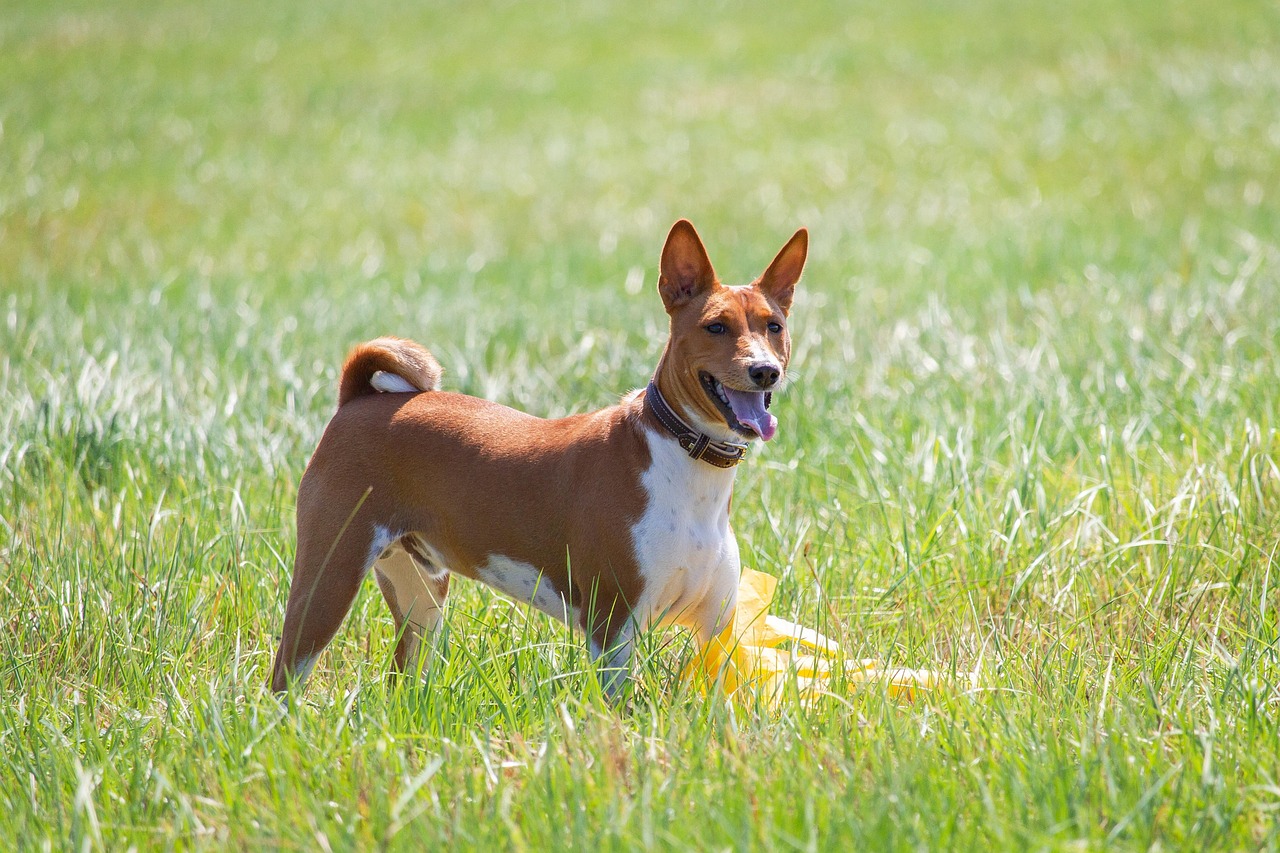
Basenjis are often called the “barkless dog,” but that doesn’t mean they’re silent, and it definitely doesn’t mean they’re obedient. These clever, cat-like dogs are fiercely independent and tend to ignore commands if they don’t see the point.
With a cat-like demeanor and a great sense of independence, Basenji is a stubborn dog breed you will love to pet. Also known as a barkless dog, this breed possesses a self-sufficient nature and is also intelligent – the key reason behind its non-obedience to your commands or training attempts.
Basenji is a hunting breed that relies on their instincts and doesn’t really get a convincing point to follow the command. They approach life like ancient philosophers, questioning the purpose behind every request and weighing it against their own priorities and instincts.
Basenjis need patient, savvy owners who appreciate their strong personalities. They’re charming rebels with a mischievous glint, following their hearts toward independence, intellectual stimulation, and maintaining their unique dignity in a world full of overly eager dogs.
Understanding the Heart of the Matter

A stubborn dog may not always follow your lead, but they will always follow their heart. They are strong willed and have an independent streak, which can make training them somewhat a challenge. Stubbornness in dogs can be attributed to several factors such as genetics, breed-specific traits and individual personalities.
The beautiful truth about both rule-followers and heart-followers is that they each bring unique gifts to our lives. Rule-following dogs offer reliability, predictability, and the satisfaction of clear communication. Heart-following dogs challenge us to be more patient, creative, and accepting of different perspectives.
Many human interventions, such as use of positive reinforcement and affiliative interactions, are likely to produce a positive affective state in a dog, leading to more favorable behavioral responses, such as obedience during training. However, it is important to note that expert timing of these interventions is essential for training success.
The bond between you and your dog is built on trust, communication, and love. By understanding their language, training with kindness, and showing up every day as their advocate and friend, you’ll create a connection that lasts a lifetime. Whether your dog follows every rule or marches to their own drumbeat, the key is meeting them where they are and celebrating what makes them uniquely wonderful.
The magic of dogs lies not in their perfect obedience or charming rebelliousness, but in their ability to teach us about love, patience, and acceptance. Rule-followers show us the joy of cooperation and clear communication. Heart-followers remind us that sometimes the most authentic path isn’t the easiest one, and that’s perfectly okay. Both types enrich our lives immeasurably, offering lessons in loyalty, companionship, and the beautiful complexity of relationships built on mutual respect rather than dominance.
What do you think about your own furry companion – are they a dedicated rule-follower or a free-spirited heart-follower? Tell us in the comments.

Gargi from India has a Masters in History, and a Bachelor of Education. An animal lover, she is keen on crafting stories and creating content while pursuing a career in education.






